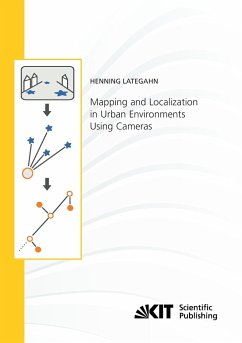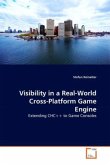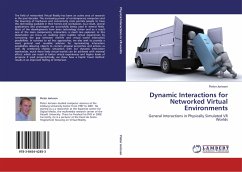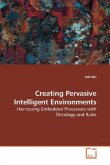This book focuses on the utilization of occlusion
culling for the real-time visualization of
distributed virtual urban environments. Today's
graphics hardware renders all the primitives in any
order and uses z-buffer to determine which primitives
are visible on a per-pixel basis. However, visibility
is computed in the last stage of rendering pipeline
and every rendered primitive is not visible in the
final image. Early culling of the invisible
primitives in a complex scene is valuable for
efficiency in the conventional rendering pipeline.
This may reduce the number of primitives that will be
processed in the rest of the pipeline. In this work,
we propose an efficient visibility estimation method
for distributed virtual urban environments. The
proposed method is based on occlusion culling to
identify and cull the occluded parts of the scene.
This not only computes conservative potential visible
set (PVS) for each client but also assures the
computed PVS to be available at the client on-time
and reduces the network traffic by grouping the
clients which may see each others dynamically.
culling for the real-time visualization of
distributed virtual urban environments. Today's
graphics hardware renders all the primitives in any
order and uses z-buffer to determine which primitives
are visible on a per-pixel basis. However, visibility
is computed in the last stage of rendering pipeline
and every rendered primitive is not visible in the
final image. Early culling of the invisible
primitives in a complex scene is valuable for
efficiency in the conventional rendering pipeline.
This may reduce the number of primitives that will be
processed in the rest of the pipeline. In this work,
we propose an efficient visibility estimation method
for distributed virtual urban environments. The
proposed method is based on occlusion culling to
identify and cull the occluded parts of the scene.
This not only computes conservative potential visible
set (PVS) for each client but also assures the
computed PVS to be available at the client on-time
and reduces the network traffic by grouping the
clients which may see each others dynamically.








